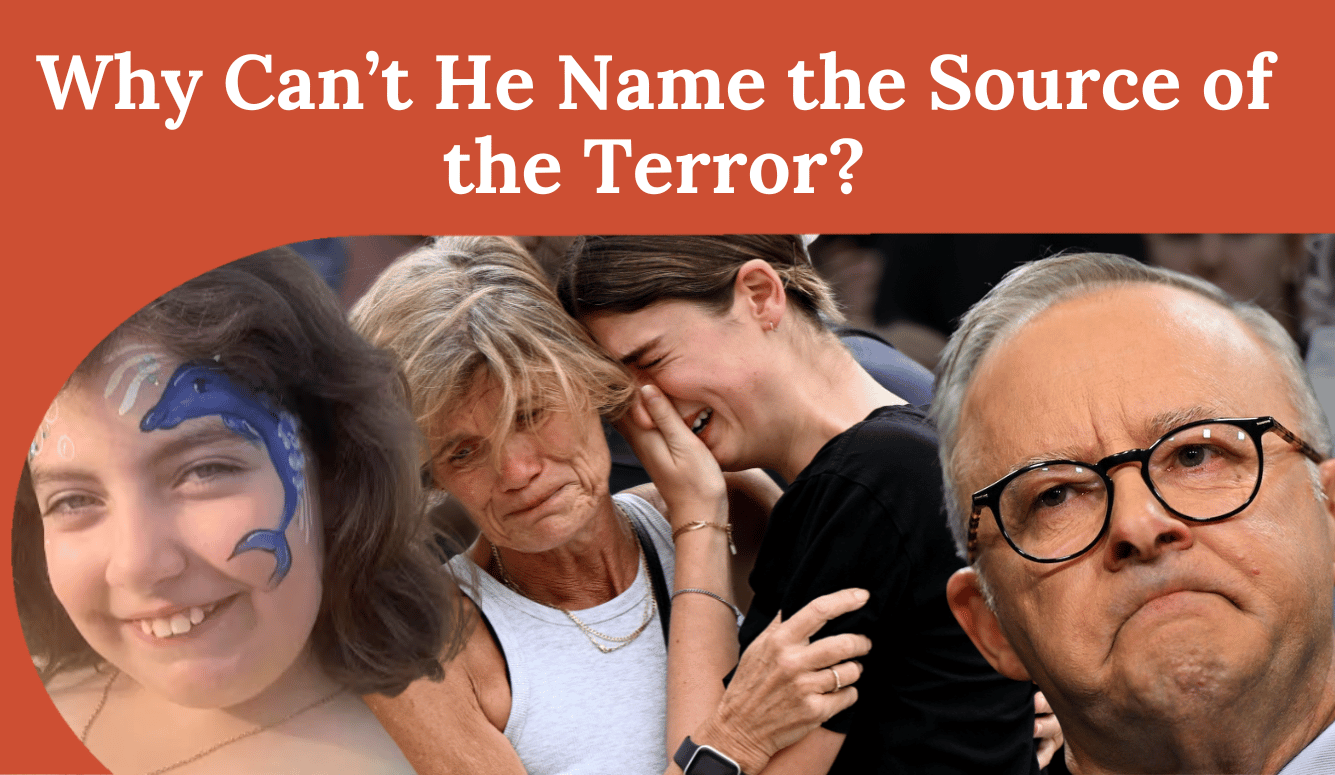Donald Trump
Courage and Cowardice in Pennsylvania
In trying to assassinate Donald Trump, Thomas Matthew Crooks inadvertently provided Trump with an opportunity to display the very qualities that have made him a cult icon.

On 13 July, under a clear blue sky in Butler, Pennsylvania, bullets sliced through the air piercing the ear of the former president of the United States, Donald J. Trump. While he escaped death thanks to the tilt of his head, a stray bullet fatally injured a bystander behind him. “The reality is just setting in,” Trump told the Washington Examiner the following day. “I rarely look away from the crowd. Had I not done that in that moment, well, we would not be talking today, would we?”
In the wake of this shocking event, millions are now searching for answers. How was a twenty-year-old gunman able to secure a position on a roof overlooking a presidential candidate’s rally, let alone fire off multiple rounds? On social media, security experts have highlighted operational mistakes made by the Secret Service, while political figures have blamed the media and Democrats. Meanwhile, a desperate scramble is underway to link the shooter to a coherent political motive.
However, the search for a clear political motivation may be misguided. History teaches us that some forms of extreme violence lack ideological underpinnings. To truly understand such acts, we may need to look in unexpected places.





